
Training is offered to our Construction and Pipeline Members, for whom we are receiving contributions into the Training Fund from Industrial and Pipeline contractors on their behalf.
- Transportation of Dangerous Goods
- First Aid
- Construction Safety Training System (C.S.T.S.)
- Pipeline Construction Safety Training (P.C.S.T.)
- Forklift Training: Counterbalance and Rough Terrain
- Computer Training
- Warehouse Testing
- Basic Rigging
- Cargo Securement
- Commercial Driver Vehicle Inspection
- Log Book
- Toolhound Training
- Professional Driving Improvement Course
- Wheel Loader
- Rock Truck
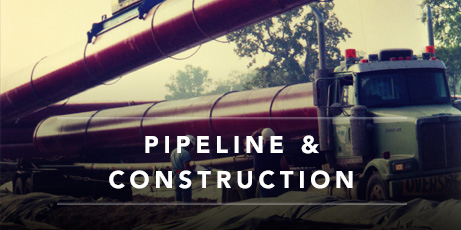
Teamsters have accepted the establishment of minimal training in Driver and Transportation issues as a means to increase subject knowledge and create a currency and consistency to the knowledge of our craft. To date there are no standards other than having the correct driver’s license to distinguish our craft from that of a general worker. We aspire to create a new standard by instituting measurable achievement thresholds as a marketable product for the furtherance of our careers. We provide a valuable service that should be recognized. These courses became mandatory for dispatch for Pipeline Members as of April 2011 and for Construction Members as of September 2011.
Achieve excellence in a chosen profession with this structure. An increased awareness of regulation, best practice and improved standard are basic to decreasing violations, injury, and incident in the workplace. These are the first steps to increased qualification and verification of skill and expertise for the Teamster. Recurrent training (revisiting the course content) every three to five years ensures the worker is updated on changes to regulation and practice. It offers the member an opportunity to share experiences that may be helpful to other members in creating a more successful workplace and provide mentorship to junior members on an ongoing basis. We must look forward to replenishing our ranks as our present workforce retires.
The true value will be observed, as standards are set that encourage the next generation to join our ranks in a valuable profession.

Training Courses
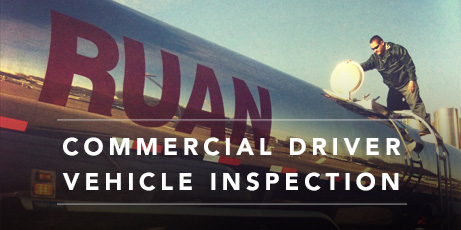
Provides the theory and regulation behind Trip Inspection of the commercial vehicle. The regulations for pre trip and roadside inspections in the province of Alberta have been upgraded since July of 2009. Road side inspection criteria (CVSA) is taught to create tighter control over equipment failure. This North American standard creates a consistency from jurisdiction to jurisdiction. Recognition of problems as they occur is key to having these problems dealt with as quickly as possible to prevent further issues creating larger problems.
The training in classroom may be augmented with practical demonstrations on a tractor trailer unit. 5 hours
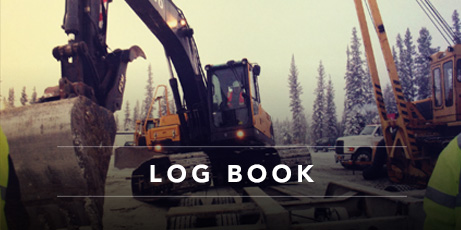
This course covers the regulation governing driving time, duty time, Hours of Service reporting and how to complete them. This is the most important driver related issue at time of inspection and audit. It is most important for drivers to be aware of the limitations in order to assist in planning and budgeting the work time frame. Planning reduces violations and downtime. This practice is essential to limiting fatigue while handling commercial vehicles. Depending on the client present, the lecture covers Federal, Provincial and US driver’s hours of service. 5 hours
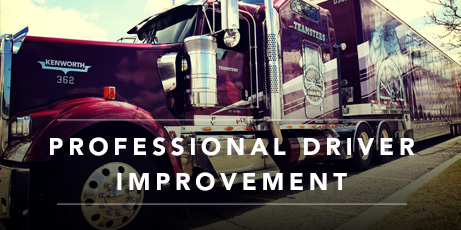
Provides the theory and practices to reduce incidences and collisions. This course is an opportunity to discuss regulations and policies of driver and transportation. Practices and habits can be altered to reduce negative interactions on the street. Increased awareness improves decisions and standards of the driver’s workplace. This type of discussion has been documented to reduce collisions if revisited every two to three years. The bonus is recognition by Alberta Transportation in the awarding of three merits to the Driver’s abstract upon successful completion. 7 hours
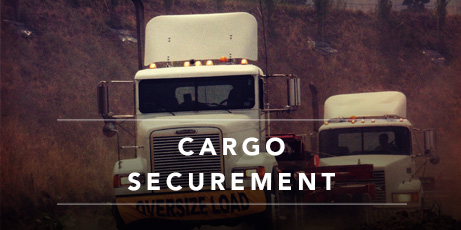
Provides the theory and regulation behind securing cargo and the regulations for loads in the province of Alberta. The lesson is about securement generally; and the specifics of named commodities. The theory is augmented with model demonstrations. Additionally, weight adjustment is presented to ensure the knowledge of proper loading and vehicle weights. Consequently, a discussion of documentation follows. The course covers the paperwork and process associated with trucking. This information is critical especially when we drive vehicles that are light to medium duty service.
The ability to have a knowledgeable discourse with an enforcement officer, manager or coworker starts with some basic understanding of cargo securement and weight allowances. Moving freight that is properly loaded and secured is critical to efficient movement. 7 hours

Eligibility: Anyone sent to work in the warehouse the first time is classified as a Class 4, which is a Warehouse Helper. Once they have worked a minimum of thirteen (13) weeks they are eligible to challenge the Class 3 exam.
When any exam is successfully completed, the person must work a minimum of fifty-two (52) weeks from the date of successfully completing the exam before writing the next exam.
When any exam, (Level I, II or III) is written, and the person writing the exam is not successful in passing the exam, they must work a minimum of thirteen (13) weeks before re-writing.
